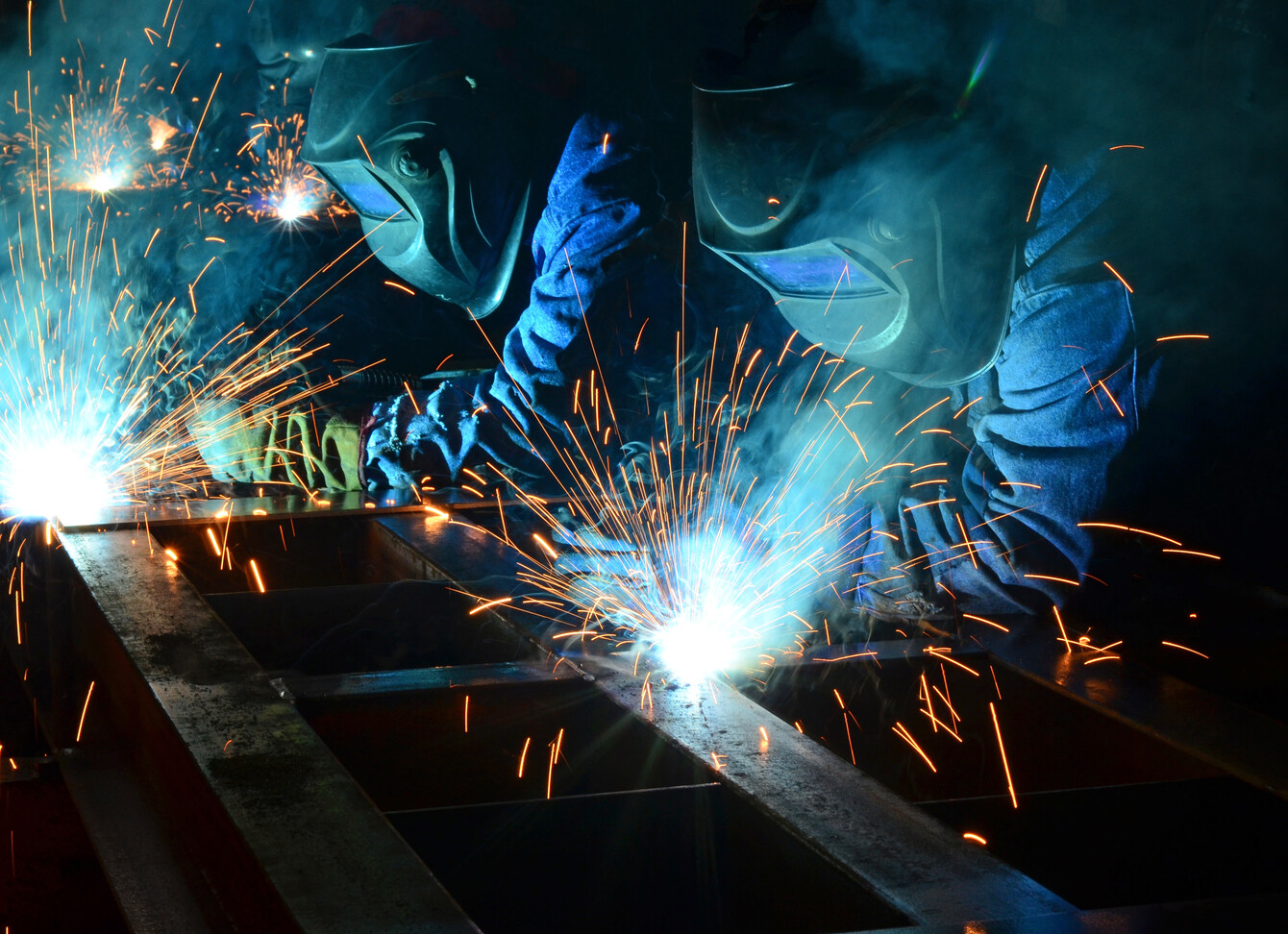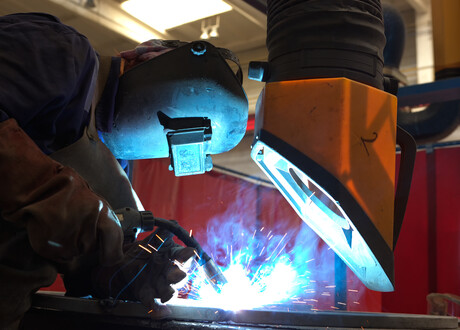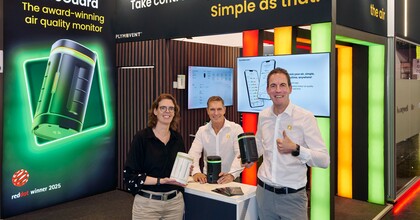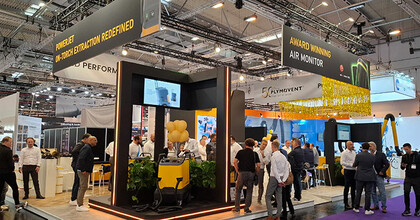Welding fumes and UV radiation from welding are now classified as ‘Carcinogenic to humans’
In March 2017 the carcinogenicity of welding fumes were re-evaluated and welding fumes and UV radiation from welding are now classified as “carcinogenic to humans” (Group 1) by the International Agency for Research on Cancer (IARC).
Recently the Health and Safety Executive in the United Kingdom has issued a Safety Alert to all workers, employers, self-employed, contractors’ and any others who undertake welding activities, including mild steel, in any industry. They have based this alert on the monograph (Volume 118) of the IARC. The IARC is the specialized cancer agency of the World Health Organization.
Health risks
This study shows new scientific evidence from the IARC that exposure to all welding fume, including mild steel welding fume, can cause lung cancer. There is also limited evidence linked to kidney cancer.
According to various studies, arc welding generates UV radiation which is a risk factor for the rare cancer ocular melanoma. And various ocular disorders (e.g. cataracts) occur in both welders and nearby workers.
In addition, Molybdenum trioxide (MoO3) was classified as “possibly carcinogenic to humans” (Group 2B) based on sufficient evidence in experimental animals. Occupational exposures to Molybdenum trioxide can occur in mining and metallurgy, steel foundries, welding, and other high temperature processes using steel.
Changed enforcement expectations
The HSE in the United Kingdom has therefore changed the enforcement expectations in relation to the control of exposure of welding fume including mild steel welding with immediate effect. All companies undertaking welding activities should ensure effective engineering controls are provided and correctly used to control fume arising from those welding activities.
It is not just about the welder
When the current engineered systems to control the welding fume are not adequate to control all the fume exposure, it is recommended to use respiratory protective equipment (RPE) so the welders are well protected. To protect the non-welding workforce from fumes as well additional environmental controls are needed. Worldwide, an estimated 11 million workers have a job title of welder, and around 110 million additional workers probably incur welding related exposures. Therefore our claim ‘It is not just about the welder’.






